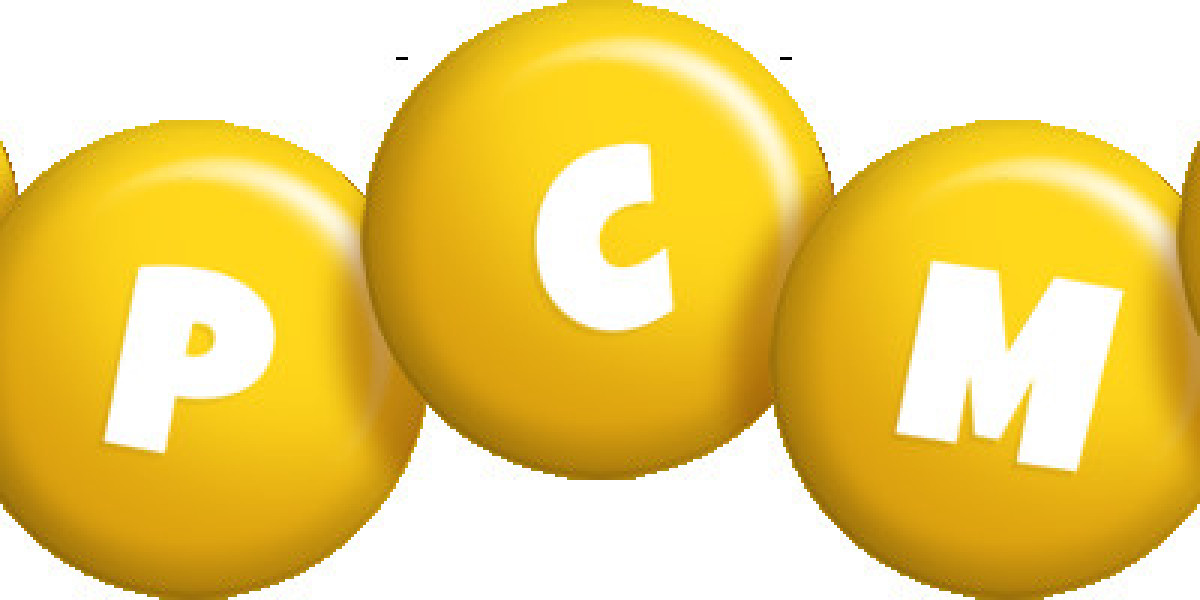The battle to control the vehicle's dashboard is one of the most strategic and high-stakes competitions in the entire automotive industry. The Automotive HMI Market Share—which determines who builds and controls the hardware and software for the car's digital heart—is a complex, multi-layered battlefield. As of late 2025, there is no single winner. The market share is fragmented, with traditional Tier-1 automotive suppliers, global technology giants, and specialized chipmakers all fighting for dominance. This article breaks down the competitive landscape to show who is winning the fight for the digital cockpit.
The Key Battlegrounds: Hardware, Software, and Chips
You can't understand the market share by looking at just one number. It must be analyzed in three distinct layers:
1. The System Integrator (Hardware) Share: The Tier-1 Giants This is the market for the physical "head unit" or "cockpit domain controller"—the box behind the dashboard. These Tier-1 suppliers integrate all the components and sell the final module to the automaker.
The Leaders: This market is dominated by a few massive, specialized players. Robert Bosch (Germany) and Denso (Japan) are consistently at the top, holding a combined market share of around 20-25%. They are followed closely by other giants like Harman (a Samsung company), Continental (Germany), Visteon (USA), and Yazaki (Japan).
How they win: Their share is built on decades-long relationships with automakers, a global manufacturing footprint, and the ability to deliver complex, automotive-grade hardware at scale and on time.
2. The Operating System (OS) Share: The New Tech War This is the battle for the soul of the car. Who provides the core software that runs the system?
The Incumbents (QNX & Linux): For years, the market was dominated by highly reliable, embedded operating systems. BlackBerry QNX holds a massive legacy market share, powering the systems in hundreds of millions of cars from brands like Audi, BMW, and Ford. Automotive-grade Linux is the other major player, often used as the open-source base for proprietary systems.
The Disruptor (Google): The most significant shift is the rise of Android Automotive OS. This is Google's full-fledged, embedded OS (not to be confused with Android Auto). Automakers like Volvo, Polestar, Renault, and an increasing number of others are adopting it to get a modern, app-rich, and familiar platform with Google Maps and Assistant built-in. Google is rapidly capturing significant software market share.
The Wildcard (Apple): While Apple's "Project Titan" car is still a mystery, its next-generation Apple CarPlay (which aims to take over all screens, including the instrument cluster) is a clear shot at capturing the HMI experience share, even without being the native OS.
3. The Processor (SoC) Share: The "Brains" This is the battle for the powerful "System-on-a-Chip" that runs the entire experience.
The New Leader: Qualcomm: Leveraging its dominance in the smartphone industry, Qualcomm (with its Snapdragon Automotive Cockpit platform) has aggressively captured a commanding market share, powering the infotainment systems for a huge number of global automakers.
The Traditional Players: Semiconductor companies like NXP, Renesas, and Texas Instruments, who traditionally dominated automotive processing, are still major players but face intense competition from the high-performance computing of tech-first companies.
The High-End Contenders: Intel and NVIDIA are also competing, particularly in high-end systems that merge infotainment and ADAS functions.
The Indian Market Share Context The Indian market largely reflects these global dynamics.
Hardware: The head units in cars from Maruti Suzuki, Tata, Mahindra, Hyundai, etc., are primarily supplied by the local arms of the global Tier-1 giants (Bosch, Continental, Visteon, Harman—which has a major presence in Pune).
Software: There is a heavy reliance on QNX or Linux-based proprietary systems, but the adoption of Android Automotive is a major trend. Crucially, the smartphone projection platforms Android Auto and Apple CarPlay command nearly 100% of the user-interaction market share in many segments, as Indian consumers heavily rely on these familiar interfaces (especially Google Maps) even on top of the car's native system.
Map Data: In India, the market share for embedded navigation data is dominated by the local champion, MapmyIndia, which provides the highly detailed, localized maps that global providers often lack.
Conclusion The Automotive HMI Market Share is a complex story of fragmentation and disruption. While Tier-1 suppliers like Bosch and Harman lead in hardware, and chipmakers like Qualcomm lead in processing, Google is making a powerful play for the core operating system. The winners will be those who can best navigate the complex partnerships between these layers to deliver the seamless, fast, and intelligent experience that 2025 consumers demand.
Frequently Asked Questions (FAQ)
Q1: Which company has the largest market share for HMI systems?A1: The market is segmented. For the complete hardware system (head unit), Robert Bosch, Denso, and Harman (Samsung) are among the global market share leaders. For the core processor (SoC), Qualcomm has captured a dominant market share.
Q2: Who are the main HMI suppliers in India?A2: The Indian market is supplied by the major global Tier-1 companies that have large manufacturing and R&D operations in India. These include Bosch, Continental, Visteon, and Harman, all of whom supply the leading Indian and international automakers.
Q3: Is Android Auto the same as Android Automotive?A3: No. Android Auto is a projection app that runs on your phone and mirrors its interface onto the car's screen. Android Automotive is the car's native operating system, like Windows or macOS for a computer. It runs all the car's functions, including Google Maps and the Play Store, without needing a phone.
Q4: Who is the market leader for navigation map data in India?A4: For embedded, in-car navigation systems in India, the market share is dominated by MapmyIndia, which provides the highly localized and detailed map data required for the Indian road network.














